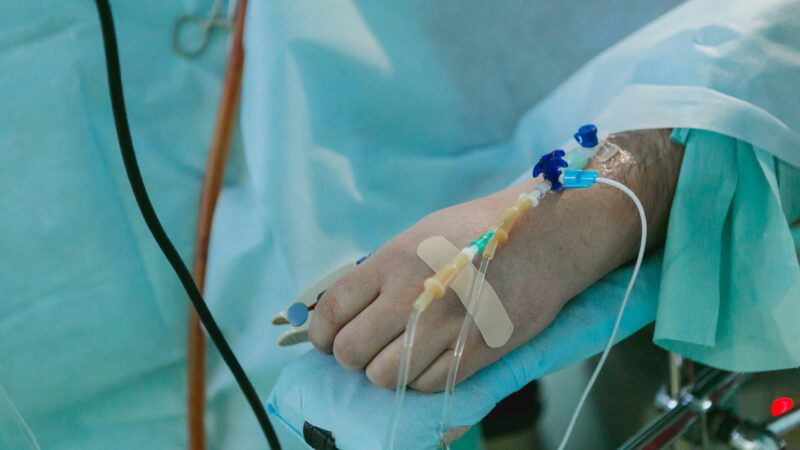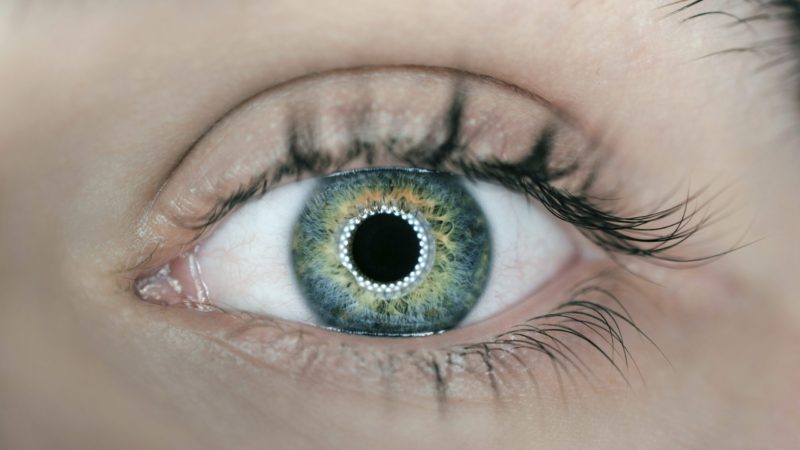Grappling with Graves’ #2: My Diagnosis and Treatment Options

In February 2020, a routine blood test and visit to my cardiologist’s office raised concerns. My Thyroid Stimulating Hormone (TSH) was low, indicating hyperthyroidism. (This tends to confuse people, but low TSH indicates hyperthyroidism and high TSH indicates hypothyroidism.) For adults, the reference range of TSH in serum is between 0.40 mIU/L and 4.50 mIU/L. My level was 0.01. Other levels, my thyroid stimulating immunoglobulins (TSI), thyroxine (T4) and triiodothyronine (T3) were also off. My cardiologist referred me to an endocrinologist but shared that he was fairly certain I could expect a Graves’ Disease diagnosis. In retrospect, I realized I had been feeling pretty crummy, but had dismissed my symptoms because I was under a lot of stress and knew I had not been taking the best care of myself.
Between the time I saw my cardiologist and the endocrinologist, my symptoms became noticeably worse. My hands shook so badly, I had difficulty signing my name, I had terrible anxiety, and I was experiencing rapid heartbeat and shortness of breath. My cardiologist started me on a beta blocker to regulate my heart rhythm.
My first visit to the endocrinologist resulted in further tests including an ultrasound of my thyroid. The tests confirmed that I did have Grave’s Disease and I was given three options for treatment: (1) methimazole (prescription medication to reduce thyroid function); (2) a thyroidectomy (surgery to remove my thyroid); and (3) radioactive iodine ablation. My mother had taken methimazole successfully for two years after her diagnosis and her Grave’s went into remission. Unfortunately, that wasn’t an option for me because my liver enzymes were already elevated and one of the complications from taking the drug long term is liver damage. My doctor suggested the least invasive of the other options, radioactive iodine ablation. I had no desire to have surgery, so I agreed.
The process involved with the radioactive iodine ablation was like something out of a science fiction novel. I met with a radiologist and shortly thereafter a nurse came in wearing what looked like a spacesuit. When she opened a container that looked like a thermos, I fully expected green neon light and smoke to come out. She dumped the contents of the container (one powerful little pill) into a cup on a tray that also contained a glass of water. A few minutes after I swallowed the pill and drank the water, she pointed some type of gun at me. I didn’t ask, but I guessed it was to ensure the pill went down fully. That was all there was to it… well, that, and the fact that I was told not to make physical contact with anyone for the next few days. My husband slept on the couch, and I stayed at least six feet away from everyone, washed my own dishes and clothes, and used a separate bathroom. Aside from that and a little nausea, it wasn’t too bad. I tried to treat it as if it was an adventure.
It takes up to a few months for the treatment to fully work and my symptoms had gotten a lot worse by the time of the treatment, so my doctor prescribed methimazole for the short term to give me some relief. It worked and when regular lab work showed that my TSH levels had shot up, I stopped taking the methimazole and began taking levothyroxine to replace the hormone normally produced by my thyroid. My doctor started me with the dosage that seemed appropriate for my weight and the story gets much longer from there.
I had been warned that the journey for patients battling thyroid problems is long and hard and I discovered it was true. My grapple with Grave’s had only just begun. There is a lot more to share in future posts.





